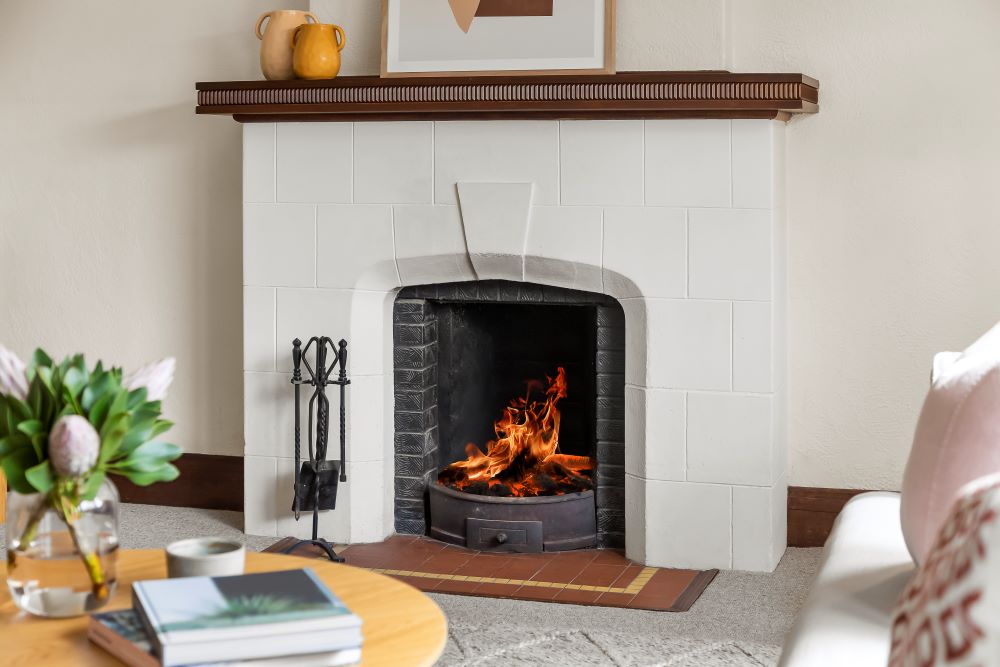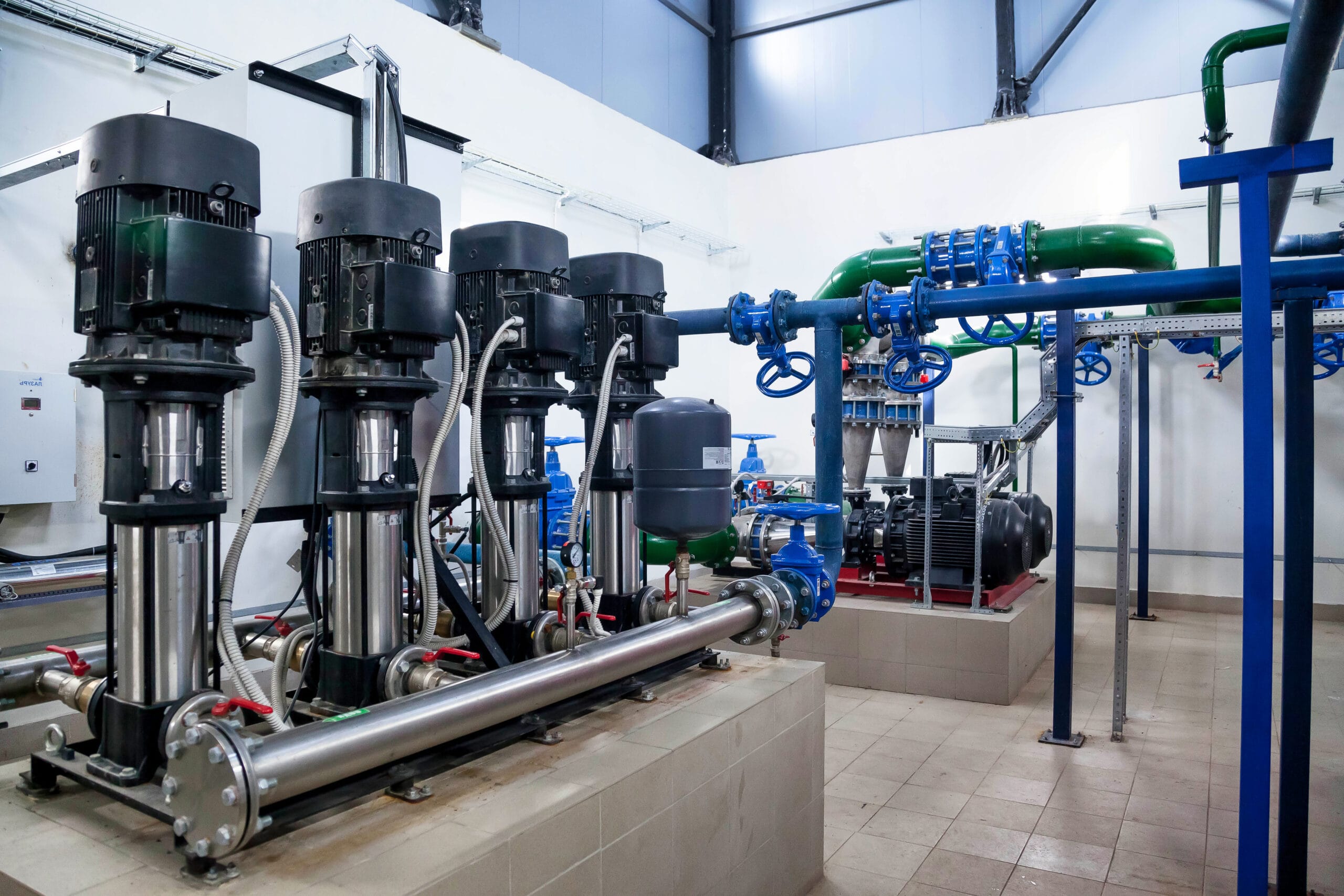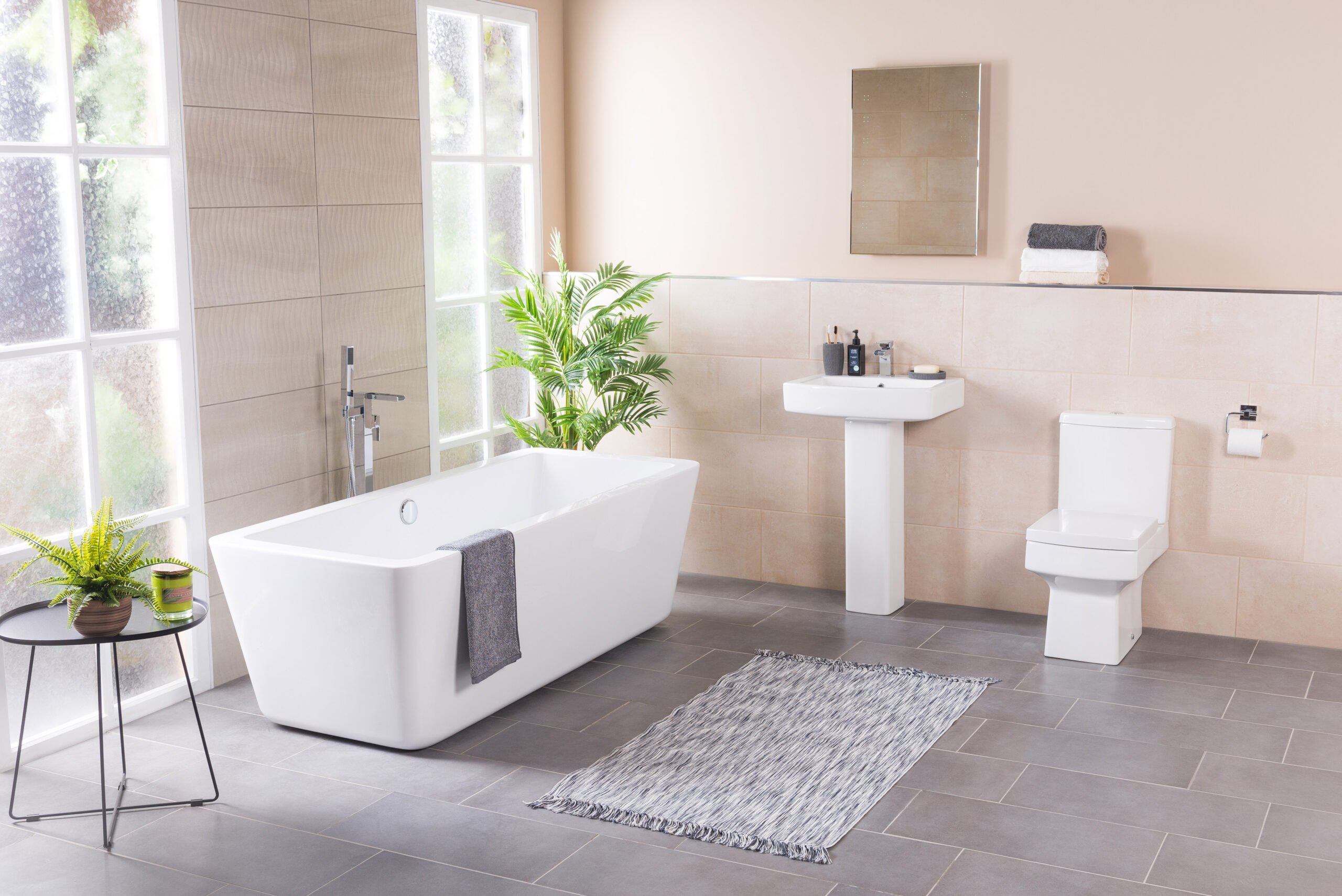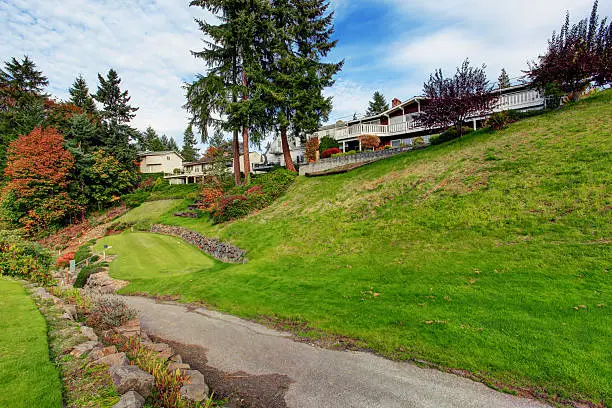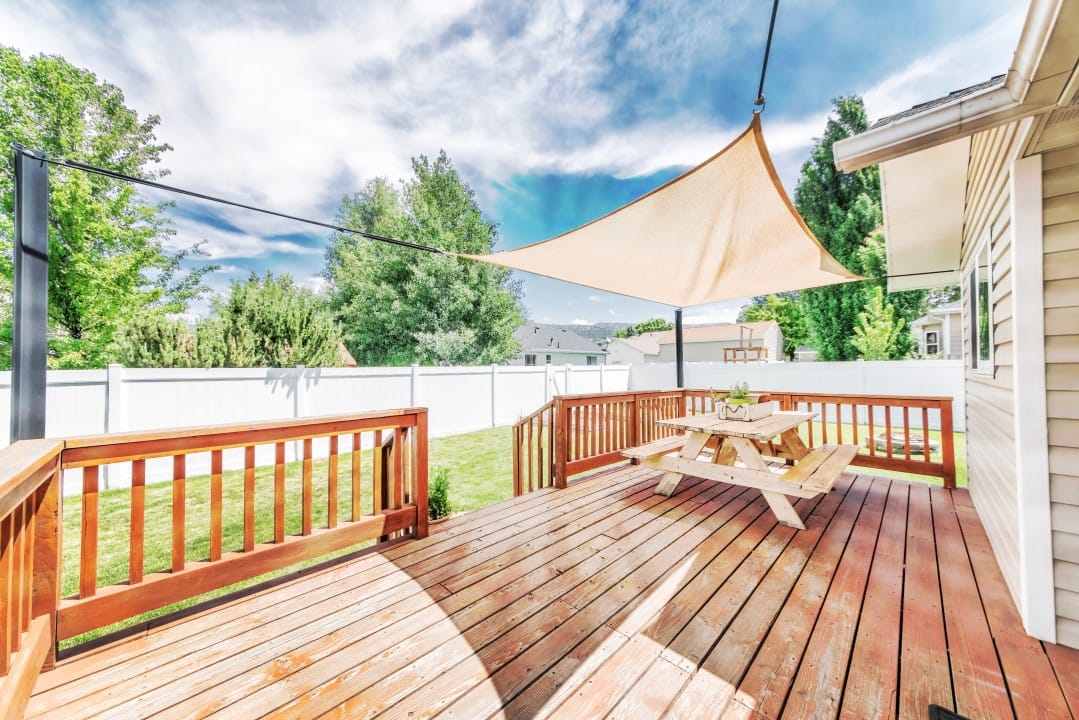Transforming your basement from a dark, underutilized space into a vibrant, functional area can significantly enhance your home’s value and livability. A well-executed basement renovation can provide additional living space, increase your property’s square footage, and create a versatile area for various purposes. Whether you’re envisioning a cozy family room, a home office, or a guest suite, the possibilities are endless.
Common Basement Renovation Mistakes to Avoid
1. Ignoring Moisture and Water Issues
One of the most critical mistakes homeowners make when renovating their basements is overlooking existing moisture and water problems. Basements are inherently prone to dampness due to their below-grade location, making them susceptible to water infiltration, condensation, and high humidity levels. Properly addressing these issues is essential for successful basement renovations Vancouver.
Before beginning any renovation work, it’s crucial to thoroughly inspect your basement for signs of moisture issues. Look for:
- Water stains on walls or floors
- Efflorescence (white, powdery deposits on concrete surfaces)
- Musty odours
- Mould or mildew growth
- Peeling paint or wallpaper
If you detect any of these signs, address them immediately. Failing to do so can lead to structural damage, compromised air quality, and the growth of harmful mould and mildew. Consider implementing the following solutions:
- Install a proper drainage system, including French drains or a sump pump
- Apply waterproof sealants to walls and floors
- Repair any cracks in the foundation
- Ensure proper grading around your home’s exterior to direct water away from the foundation
By tackling moisture issues head-on, you’ll create a solid foundation for your renovation project and prevent future problems that could undermine your efforts.
2. Overlooking Proper Insulation and Ventilation
Another common mistake in basement renovations is neglecting adequate insulation and ventilation. Proper insulation is essential for maintaining a comfortable temperature, reducing energy costs, and preventing condensation. Ventilation, on the other hand, helps control humidity levels and promotes good air quality.
When insulating your basement, consider the following:
- Use rigid foam insulation on concrete walls to create a moisture barrier and improve thermal performance
- Insulate rim joists to prevent heat loss and moisture accumulation
- Install vapour barriers to control moisture migration
For ventilation, consider these options:
- Install an energy-recovery ventilator (ERV) or heat-recovery ventilator (HRV) to exchange stale air with fresh air
- Use dehumidifiers to control humidity levels
- Ensure proper air circulation by incorporating return air vents in your HVAC system
By prioritizing insulation and ventilation, you’ll create a more comfortable and energy-efficient living space while protecting your basement from moisture-related issues.
3. Poor Space Planning and Layout Design
Effective space planning is crucial for maximizing the potential of your basement renovation. Many homeowners make the mistake of rushing into the design process without carefully considering their needs and the space’s limitations.
To avoid this pitfall, take the time to:
- Assess your family’s needs and lifestyle
- Consider the basement’s natural light sources and plan accordingly
- Account for existing structural elements, such as support columns and mechanical systems
- Create a functional flow between different areas of the basement
- Incorporate adequate storage solutions
When designing your basement layout, keep these tips in mind:
- Use an open floor plan to make the space feel larger and more inviting
- Position rooms requiring plumbing, such as bathrooms or kitchenettes, near existing water lines
- Create defined zones for different activities (e.g., entertainment area, home office, exercise space)
- Incorporate built-in storage to maximize space efficiency
By carefully planning your basement’s layout, you’ll create a functional and aesthetically pleasing space that meets your family’s needs and enhances your home’s overall value.
4. Underestimating Lighting Requirements
Inadequate lighting is a common issue in basement renovations, often resulting in dark, uninviting spaces. Many homeowners underestimate the importance of a well-planned lighting scheme in creating a bright, welcoming atmosphere.
To effectively illuminate your basement, consider incorporating these lighting strategies:
- Maximize natural light:
- Enlarge existing windows or add new ones where possible
- Install egress windows for safety and improved natural light
- Use light wells or window wells to enhance natural light penetration
- Layer artificial lighting:
- Ambient lighting: Use recessed lights, track lighting, or flush-mount fixtures for overall illumination
- Task lighting: Incorporate under-cabinet lights, pendant lights, or desk lamps for specific activities
- Accent lighting: Highlight architectural features or artwork with wall sconces or spotlights
- Choose appropriate light fixtures:
- Opt for LED bulbs for energy efficiency and longevity
- Select fixtures with a high colour rendering index (CRI) for better colour accuracy
- Use dimmer switches to create versatile lighting options
- Employ reflective surfaces:
- Paint walls and ceilings in light colours to bounce light around the space
- Install mirrors strategically to amplify light and create the illusion of a larger area
- Choose glossy or semi-glossy finishes for trim and cabinetry
By implementing a comprehensive lighting plan, you’ll transform your basement into a bright, inviting space that feels anything but subterranean.
5. Choosing Inappropriate Flooring Materials
Selecting the wrong flooring for your basement can lead to moisture problems, discomfort, and costly repairs. Many traditional flooring options are unsuitable for basement environments due to their susceptibility to moisture and temperature fluctuations.
When choosing basement flooring, consider these factors:
- Moisture resistance
- Durability
- Comfort
- Ease of maintenance
- Aesthetic appeal
Here are some suitable flooring options for basements:
- Luxury Vinyl Plank (LVP) or Luxury Vinyl Tile (LVT):
- Waterproof and highly durable
- Available in a wide range of styles, including wood and stone looks
- Easy to install and maintain
- Ceramic or Porcelain Tile:
- Excellent moisture resistance
- Durable and long-lasting
- Various design options available
- Consider adding a subfloor for warmth and comfort
- Epoxy Flooring:
- Seamless and waterproof
- Extremely durable and easy to clean
- Can be customized with various colours and patterns
- Engineered Hardwood:
- More stable than solid hardwood in fluctuating humidity levels
- Provides a warm, natural look
- Install over a proper subfloor and moisture barrier
- Carpet Tiles:
- Easy to install and replace individual tiles if damaged
- Choose options with moisture-resistant backing
- Provides warmth and comfort underfoot
Avoid using solid hardwood, laminate, or standard carpet, as these materials are prone to moisture damage and may warp or develop mould in basement conditions.
Summary
Renovating your basement presents an exciting opportunity to expand your living space and increase your home’s value. By avoiding the common mistakes outlined in this guide, you’ll be well-equipped to create a beautiful, functional, and safe basement that meets your family’s needs and enhances your quality of life.






